Forgotten Roses, 1904
Vicissitudezz
6 years ago
Featured Answer
Sort by:Oldest
Comments (9)
Related Discussions
Some Unknows, Forgottens, and Misnameds (Long)
Comments (13)Incredible shots! Aamir Your roses are stunning. Just love the color of the bright pink rose (the not the Silver Jubilee one) And that Harkness rose, I too have a thing for peachy apricot roses, and like Liane, it sure would look good in my garden. Look at the ruffles on it! Just Gorgeous. Niecey...See MoreForgotten Table Setting
Comments (18)DD, What a lovely table!! And by the fireplace too! Everytime I see one of your table settings by the fireplace, I am sooo tempted to re-arrange my living room. We will eat/have coffee in front of the fireplace but sitting in a bean bag, LOL. We have a big bean bag (!!!) I usually store in my sewing room but during the holidays and weekends, its brought down in front of the fireplace. Messes up the whole room but its THE most comfortable thing to sit on while watching TV or reading a book. Whenever my sister visits, she will lug it down to the fireplace - even when she was pregnant, it was her fav. seating ever! And a DH that cleans and does laundry - Wow! Lucky!! :) The gold vinyl placemat is a great idea and it looks so good too. I love the red chargers too. The candle holders in your centerpiece are so versatile - I love them with all your settings. Mo...See MoreForgotten Oldies
Comments (9)I collected a rose in the early 1980s at a Beltsville plot that had been used to develop disease resistant roses ( Look possibly for Peter Semeniuk and Robert Stewart in ARS Annual 1978 for information on the program) in a program there in the 1960s and 70s. In the acre plot at Beltsville I found a climbing rose described as Pink Van Fleet. I have shared it with a couple of friends and from descriptions I believe it to be Alida Lovett. It is a once blooming wichuriana based rambler (shiny leaved, but more upright than most wichurianas) with hot pink blooms (something between pink and red). I hope to get it confirmed someday. In the meantime, I have a few others like a semi-double once blooming, slightly speckled hot pink, setigera, small climber that wows me each Spring as well along with a monstrous single white rambler collected at Mrs. Keays home site in Calvert Co. MD. that readily climbed a 50' pear tree in 3 or 4 seasons (the pear tree bloomed twice each Spring). It is not believed to be a species, but what is it - Shepard's Multiflora Grandiflora or something else? Best, Nick...See MoreForgotten Bookmarks
Comments (13)I recently discovered a ticket for a football match in 1992 between Arsenal and Southampton in one of my old books. I actually attended that match - and it was the last one before the old North Bank standing terrace was demolished. I must have just used the ticket as a bookmark and forgotten I'd left it there. I'm very pleased to have the ticket again as a souvenir! Some of my Booker's have got contemporary reviews of the books clipped from newspapers - which I think is a nice thing to have....See MoreVicissitudezz
6 years agoVicissitudezz
6 years agolast modified: 6 years ago
Related Stories
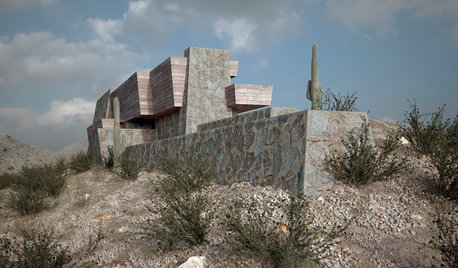
THE ART OF ARCHITECTURELong-Lost Frank Lloyd Wright Projects Come to Life
Spanish architect David Romero uses computer technology to create hyperrealistic renderings of Wright’s forgotten work
Full Story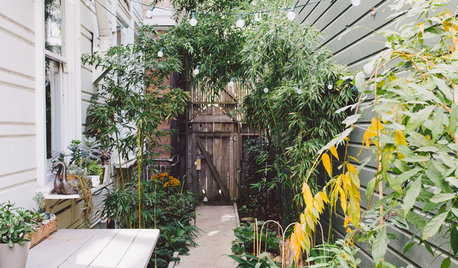
GARDENING AND LANDSCAPING10 Ways to Make the Most of Your Side Yard
Don’t overlook the possibilities for this often-forgotten space
Full Story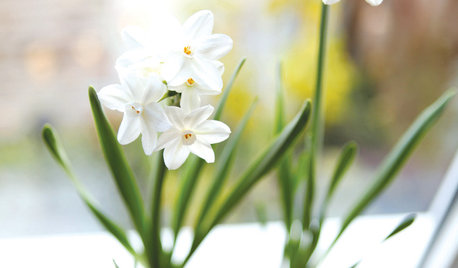
DIY PROJECTSHoliday DIY: Mason Jar Forced Bulbs and Evergreen Gift Tags
Learn how to make these winter projects from the book ‘Garden Made’ by Stephanie Rose
Full Story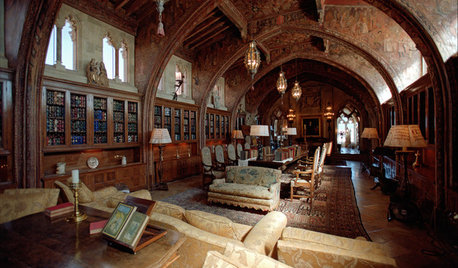
GREAT DESIGNERSDesign Icons: Julia Morgan
Take the family to see this groundbreaking architect's Hearst Castle, or just virtually visit it and 2 more of her projects right here
Full Story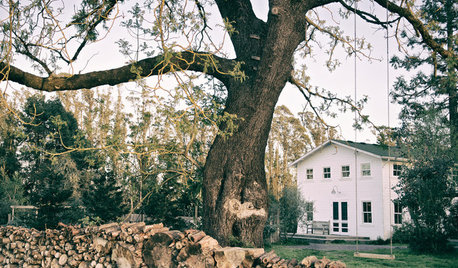
HOUZZ TOURSHouzz Tour: Picture-Perfect Simplicity
It’s like camping out in a catalog sometimes at this classic farmhouse — Pottery Barn and other retailers love it for photo shoots
Full Story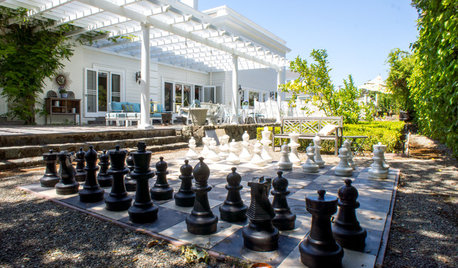
INSPIRING GARDENSChickens, Chess and Swimming Star in a Silicon Valley Yard
Some fowl play is afoot in these outdoor rooms, but the family members and their many guests have a pretty good time too
Full Story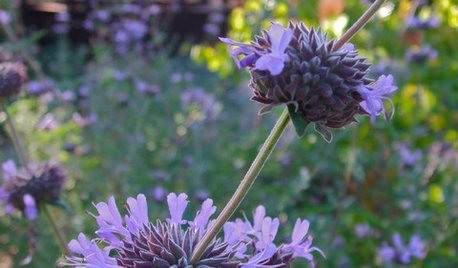
GARDENING GUIDESGreat Native Plant: Cleveland Sage
Get a whiff of this salvia for a garden experience to remember. Oh, and you can almost forget about maintenance
Full Story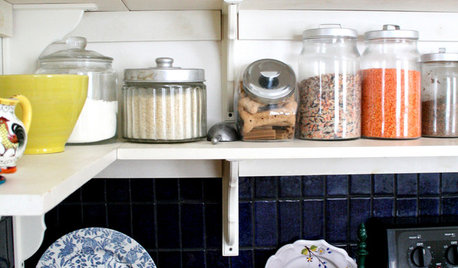
KITCHEN DESIGNDisplaying Kitchen Supplies — Hot or Not?
Do some kitchens just beg for a cozy row of canisters and gear for all to see? Have a look and let us know what you think
Full Story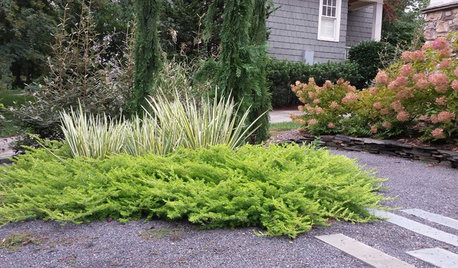
PLANTING IDEASThese Aren’t Your Grandparents’ Junipers
Dislike junipers? Maybe it’s time to discover new varieties and new uses for this garden workhorse
Full Story


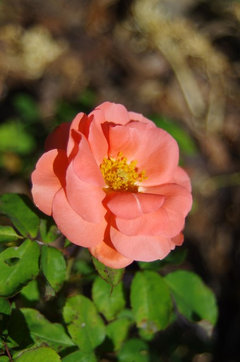
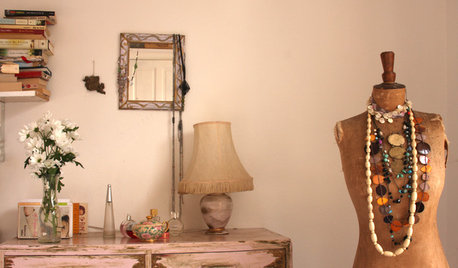


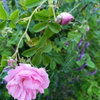
AquaEyes 7a NJ